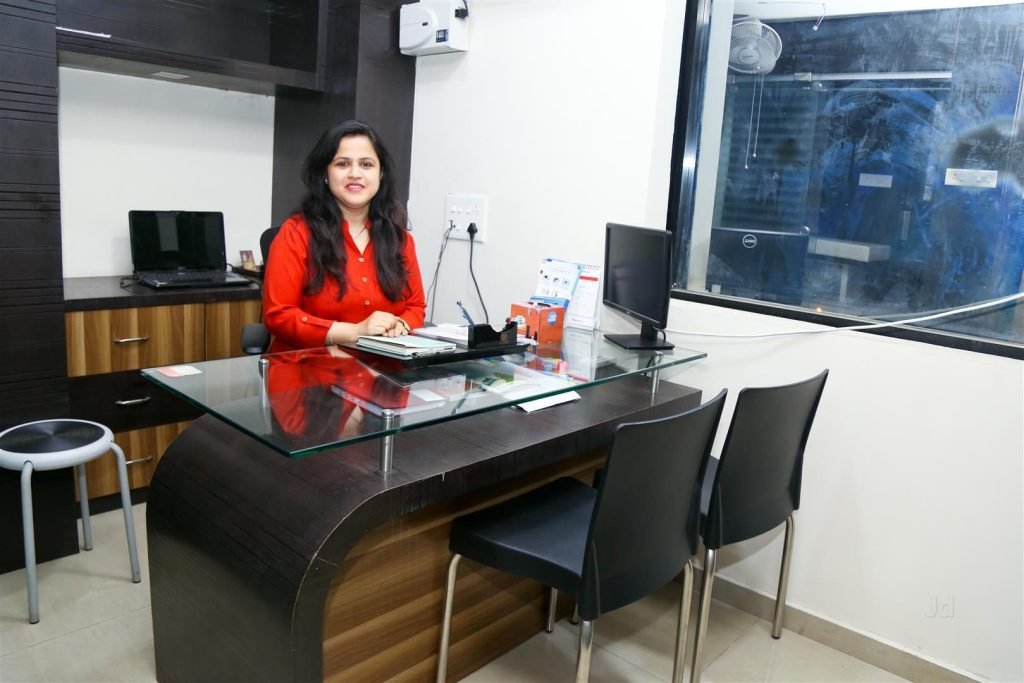Meet Our Doctor


Dr. Neha Rajesh Rathi
Consultant Dermatologist & Cosmetologist
Scars Treatment

What is Scars Treatment

What are the Symptoms of Scars Treatment?

Discoloration: Scars may appear darker or lighter than the surrounding skin. This discoloration can be more noticeable in certain types of scars, such as hypertrophic or keloid scars.
Raised or depressed texture: Scars can have an uneven texture. Some scars may be raised above the skin surface, while others may be depressed or sunken into the skin. This can be due to factors such as the type of injury, wound healing process, or individual factors.
Itching or discomfort: Scars may cause itching or discomfort, especially during the healing process. This is a common symptom and usually subsides over time as the scar matures.
Scars Treatment

Topical treatments: Over-the-counter creams, gels, or ointments containing ingredients like silicone, vitamin E, onion extract, or corticosteroids can be applied to the scar to help reduce redness, inflammation, and improve the overall appearance of the scar. Prescription-strength topical treatments may also be available and recommended by a dermatologist.
Dermabrasion: This procedure involves removing the top layer of the skin using a rotating brush or a high-speed instrument. Dermabrasion can help reduce the appearance of scars and promote the growth of new, smoother skin.
Chemical peels: A chemical solution is applied to the scar, which causes the top layer of the skin to peel off. This helps in reducing the appearance of scars and promoting the growth of new skin cells.
Laser therapy: Different types of lasers can be used to treat scars. Laser therapy can help stimulate collagen production, break down scar tissue, and improve the appearance of scars.
Microneedling: This procedure involves using a device with fine needles to create tiny punctures in the skin. This process stimulates the production of collagen and can help reduce the appearance of scars over time.
In severe cases, scars can even limit a person’s mobility. Surgical scar removal procedures are painful and invasive and have a risk for complications.
Laser scar removal offers a non-invasive solution that uses fractional laser technology to deliver rapid, reliable scar removal with less risk, less pain and minimal downtime. Our fractional laser technology is the driving power behind our acne and surgical scar removal procedure. We use pulses of laser light to coagulate scar tissue and trigger healthy new tissue to form in clients’ skin.
Topical Scar Creams: Topical scar creams are a popular choice for treating scars. These creams usually contain active ingredients such as silicone, vitamin E, aloe vera, and onion extract. When applied regularly, these creams can help soften and flatten the scar tissue, reducing its appearance over time. Look for scar creams that are specifically formulated for your type of scar for optimal results.
Laser Therapy: Laser therapy is a highly effective treatment for various types of scars. It involves using focused laser beams to target the scar tissue and stimulate the production of new, healthy skin cells. Laser therapy can help reduce the size, color, and texture of scars, resulting in smoother and more even-toned skin. This treatment is typically performed in a dermatologist’s office and may require multiple sessions for desired results.
Microneedling: Microneedling is a minimally invasive procedure that uses tiny needles to create controlled micro-injuries in the skin. This process stimulates the production of collagen and elastin, promoting skin regeneration and reducing the appearance of scars. Microneedling is effective for treating acne scars, surgical scars, and stretch marks. Regular sessions can significantly improve the texture and tone of your skin.
Chemical Peels: Chemical peels involve applying a chemical solution to the skin, which causes the top layer to peel off, revealing fresh, new skin underneath. This process helps diminish the appearance of scars by exfoliating the damaged skin cells and promoting skin renewal. Chemical peels are particularly beneficial for acne scars and superficial scars. It’s important to consult with a skincare professional to determine the appropriate type and strength of the peel for your specific needs.
Surgical Scar Revision: For more prominent and stubborn scars, surgical scar revision may be an option. This procedure involves surgically removing the scar tissue and rejoining the healthy skin. Surgical scar revision is commonly used for large or deep scars resulting from surgeries, injuries, or accidents. After the procedure, proper wound care and follow-up treatments are essential to optimize healing and minimize the appearance of the revised scar.
